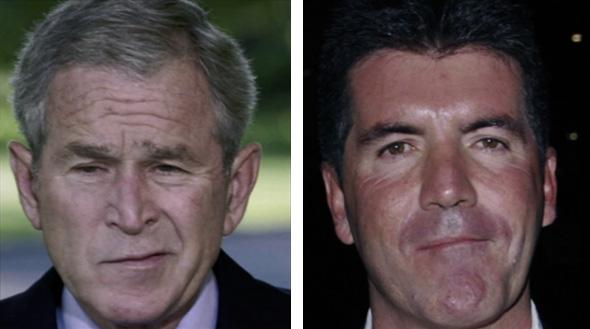Today I watched 'Lie To Me' for the very first time, it's a series based on a private company 'The Lightman Group' who specialise in the study of facial expressions. They are employed by the public sector and the government to determine whether suspects are lying or not and the reason behind this. They do this by reading microexpressions which indicate different emotions such as fear, contempt, happiness, sadness, anger and disgust which are shown through the facial muscles. This method is an alternative to using a polygraph test as there is a common flaw in 'lie detectors' which is if a certain emotion is felt strongly this will override other emotions therefore the results of the test are not precise. However, the the flaw of using microexpression reading is how credible actually is it?
Here is a clip of the TV series Click here
The feature of the programme which particularly stood out was that when analysing a certain expression, they related it to familiar faces using real life images and clips of American presidents, celebrities and politicians.
The technique was devised by philosopher Paul Ekman who studied facial expressions by categorising them in to six main emotions. This method is taught to airport security workers in America in an attempt to try to prevent potential terrorist threats. Ekman is the inspiration for the 'Lie To Me' series and writes a column for the show, he supports the idea but believes some of the content is somewhat fast and loose.
After watching several episodes and exploring the subject I question;
how credible will microexpression be in the future?
how credible will microexpression be in the future?








